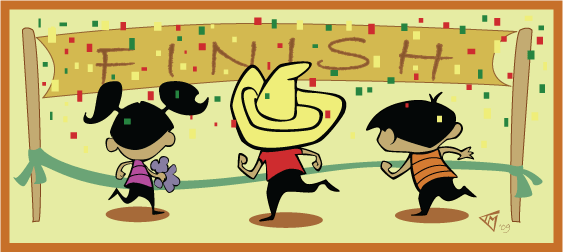My first thought on seeing this cover was: why is there a woman drinking water from a leaf? Are these recipes for our dystopian future where there's no running water? Because I don't live in a place with that many trees.
Turns out they ARE for our dystopian future. It's the first post-apocalyptic cookbook. Kidding! Or am I? Guess you'll just have to read the book to find out. Or read the other reviews where no one else mentions it.
Anywhosie, FoodTrients is a cookbook that claims to provide recipes that "promote longevity, prevent the diseases of aging, and increase energy and vitality." Basically, if we were living in The Hunger Games, this is the kind of food the people in the Capitol would be eating. And naturally many of the ingredients are exotic or unusual, because let's face it, if the book told you the ingredients in Doritos were preserving your skin, there wouldn't be much reason to buy the book. Or much of anything besides Doritos.
What are some these ingredients? I'm happy you asked. There's a table of them in the back of the book that's honestly the best part of this entire cookbook. But Grace O highlights some more unfamiliar (to me, anyway) foods: bitter melon, moringa, hemp milk, soursop, and chia seeds. I have never heard of most of these ingredients or seen them in my grocery store. I'm just happy when they have kale.
Honestly, this cookbook falls into a category I like to call "food porn." The pictures are nice to look at, but the chances that I'm ever going to make any of these recipes is pretty minimal. Not only do you have the unfamiliar ingredients with no suggestions as to substitutions (though I usually just Google that myself, it's nice when a cookbook author acknowledges not every food in the world is readily available to every person in America), there's also not much info on how to pick them out, clean them, handle them, etc.
Just as the instructions are sparse, so is the science. I'm not sure I trust any of Grace O's claims as to the benefits of these ingredients or meals--she offers nothing in the way of supporting evidence or citation, and the lack of specificity makes the whole thing feel more like wishful thinking or guestimating. Does Grace O have a degree in any health sciences-related field? It's not mentioned in her bio that she does. She has cooked for royalty, though (see what I mean? Capitol food). I'm not entirely sure where she's getting her information about the healthfulness of these ingredients or exactly how much one has to eat of them to make an appreciable impact. Yeah, red wine's healthy (note: red wine is not listed as one of the "FoodTrients"), but only in certain quantities.
I will say the best part of the book was the "Starter" section. Actually, this was the only section where there were recipes I wanted to try. I made the Quinoa Tabbouleh on Pita:
Ingredients
- 1/2 cup quinoa
- 1/2 tbs kosher salt dissolved in 1 cup water
- 2 cups finely chopped parsley
- 1/2 cup diced tomatoes
- 3 tbs chopped scallions
- 4 tbs olive oil
- 2 tbs lemon juice
- sea salt and pepper to taste
- pinch of sumac
- 3 whole-wheat pitas
- Combine the quinoa and water in saucepan and cook, covered, at medium-high heat for 20 minutes [I followed the package directions]. Allow to cool.
- Toss quinoa with parsley, tomatoes, scallions, 3 tbs olive oil, lemon juice, salt, pepper, and sumac [I didn't have any sumac so I used some herbs de Provence].
- To make pita rounds, heat oven to 400 degs Fahrenheit, brush with olive oil, and bake for 10 minutes in foil.
Overall, however, not many of the recipes in this book sparked a desire in me to make them. Some of the mains looked downright unappetizing, and there were a lot of dishes that I personally wouldn't be able to eat because of my own health issues. I also find the idea of spending the time, money, and energy to import ingredients from far-flung continents for the sole purpose of making me healthier very death-of-the-Roman-Empire, but that's probably just me. If you're interested in working with ingredients such as the ones I mentioned, however, then you'll probably want to check this book out.
Thank you to TLC Book Tours and the publisher for sending me this cookbook to review!











